Christmas Fudge: The Real Traditional Recipe
As the holiday season approaches, many find joy in preparing festive treats that encapsulate the spirit of celebration. Among these delectable delights, Christmas fudge stands out as a traditional staple, cherished by families across generations. Rich and creamy, it serves as both a delightful treat and a thoughtful gift. This article delves into the authentic recipe for Christmas fudge, exploring essential ingredients, preparation techniques, and variations that cater to different preferences.
Why is Sugar Used in Christmas Fudge?
Sugar is the cornerstone of any fudge recipe, serving not merely as a sweetener but also as a pivotal ingredient that contributes to the texture and structure of the final product.
The Benefits and Culinary History of Sugar
The use of sugar in fudge harks back to its historical roots when candies were often made with sugar, molasses, and honey. In the context of fudge, sugar not only sweetens but also helps achieve the smooth, creamy consistency that defines this confection. This ingredient plays a crucial role in the caramelization process during the cooking phase, which contributes to the distinct flavor profiles and firm texture.
Furthermore, sugar acts as a preservative, extending the shelf life of the fudge, which is essential for holiday gifting. Its ability to create a satisfying mouthfeel also enhances the overall eating experience, making each bite a decadent pleasure.
Possible Alternatives to Replace Sugar
For those who seek alternatives to traditional sugar, several options are available. Natural sweeteners such as honey, maple syrup, or agave nectar can effectively replace sugar in fudge recipes, though they may alter the texture slightly. Additionally, for a healthier approach, one might consider using stevia or erythritol, which provide sweetness with fewer calories. However, it’s advisable to experiment with these substitutes to achieve the desired taste and consistency.
Ingredients in Christmas Fudge
The fundamental aspects of a successful Christmas fudge recipe lie in its ingredients, which harmoniously blend to create its beloved flavor.
Basic Products
To create a classic Christmas fudge, the following basic ingredients are essential:
- Granulated Sugar: The primary sweetener that defines the fudge.
- Unsweetened Cocoa Powder: For those who prefer chocolate fudge, cocoa powder adds depth and richness.
- Butter: Provides creaminess and aids in achieving the desired texture.
- Evaporated Milk: Contributes to the smooth, creamy consistency that is characteristic of fudge.
- Vanilla Extract: Enhances flavor, offering a warm and inviting aroma.
Essential Seasonings or Add-ins
To elevate the traditional flavor, several add-ins can be included:
- Chopped Nuts: Walnuts or pecans add a delightful crunch.
- Mini Marshmallows: For added sweetness and texture variation.
- Chocolate Chips: For an intense chocolate experience.
- Seasonal Spices: A pinch of cinnamon or nutmeg can enhance the festive essence of fudge.
Preparation of Christmas Fudge
The preparation of Christmas fudge requires attention to detail, ensuring that the final product is a perfect blend of flavor and texture.
Step 1 – Preparing the Ingredients
Begin by gathering all ingredients and measuring them accurately. It is crucial to use a heavy-bottomed saucepan to prevent scorching during the cooking process.
Step 2 – Pre-Cooking or Special Preparation
In a saucepan, combine granulated sugar, butter, and evaporated milk over medium heat. Stir continuously until the mixture begins to boil. Allow it to boil for approximately 5 minutes, ensuring that it reaches a temperature of 234°F (soft ball stage).
Step 3 – Mixing and Assembling
Once the mixture has reached the proper temperature, remove it from the heat and include the cocoa powder, vanilla extract, and any additional flavorings or mix-ins (such as chocolate chips or nuts). Stir until all ingredients are well combined and the fudge is smooth and glossy.
Step 4 – Cooking and Finishing
Pour the fudge mixture into a greased or lined square baking pan, smoothing the top with a spatula. Allow it to cool at room temperature until set, typically a few hours. Once cooled, cut into squares and serve or package as gifts.
Variations and Adaptations of Christmas Fudge
Fudge recipes can vary greatly, allowing for personalization that caters to individual tastes and dietary preferences.
Regional or Traditional Version
In some regions, coconut or peanut butter fudge is a beloved addition to holiday celebrations. These variations often include unique regional flavors or spices that reflect local culinary traditions.
Modern or Revisited Version
A modern take on Christmas fudge may incorporate gourmet ingredients such as sea salt flakes, espresso, or even infused liqueurs for an adult-oriented dessert. Additionally, vegan and gluten-free recipes have emerged, utilizing plant-based substitutes to ensure inclusivity.
Adaptations to Suit Your Tastes
For those with dietary restrictions, the recipe can be modified to create a vegetarian, sugar-free, or even dairy-free fudge. Substituting coconut milk in place of evaporated milk or utilizing nut butter can yield delicious results without sacrificing flavor.
Frequently Asked Questions about Christmas Fudge (FAQ)
1. How long can Christmas fudge be stored?
Christmas fudge can be stored in an airtight container for up to two weeks at room temperature or longer if refrigerated.
2. Can I freeze Christmas fudge?
Yes, Christmas fudge freezes well. Wrap it tightly in plastic wrap and then in aluminum foil to prevent freezer burn. It can last up to 3 months in the freezer.
3. Why did my fudge turn out grainy?
Graininess often indicates that the sugar did not fully dissolve, or the fudge was not cooked to the right temperature. Ensure to use a candy thermometer for accuracy.
4. How can I make my fudge softer or firmer?
To achieve a softer fudge, reduce the cooking time slightly. For a firmer consistency, allow it to cook to the soft ball stage and increase the amount of sugar during preparation.
In conclusion, Christmas fudge is not only a delicious seasonal treat but also a symbolic representation of holiday traditions. With its basis in simple ingredients and adaptable structure, fudge remains a cherished recipe, inviting creativity and personalization. Embrace the joy of making this quintessential holiday confection with a traditional recipe that honors the past while allowing room for innovation.

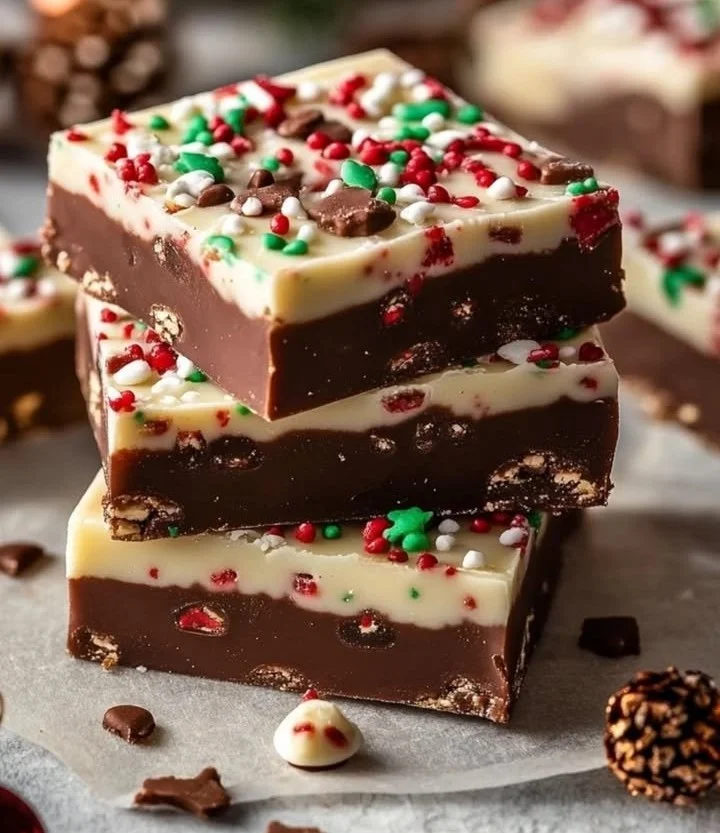
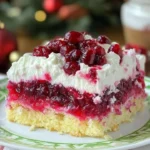
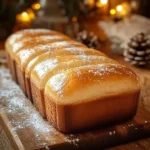
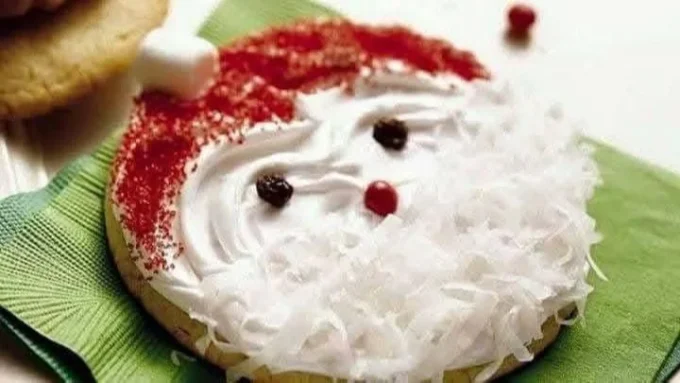
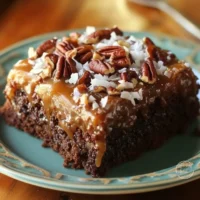
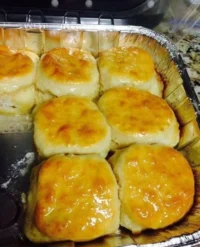
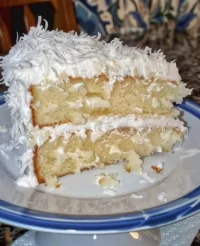

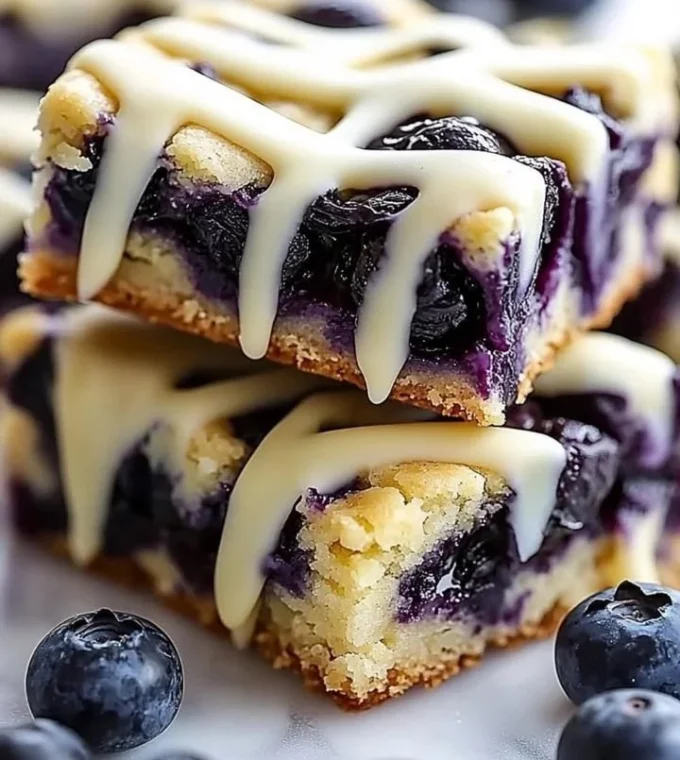
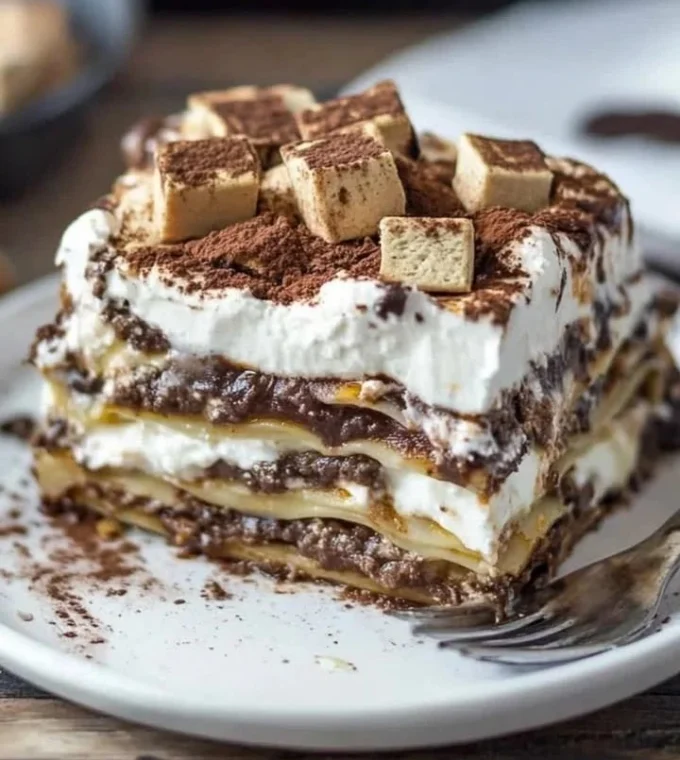
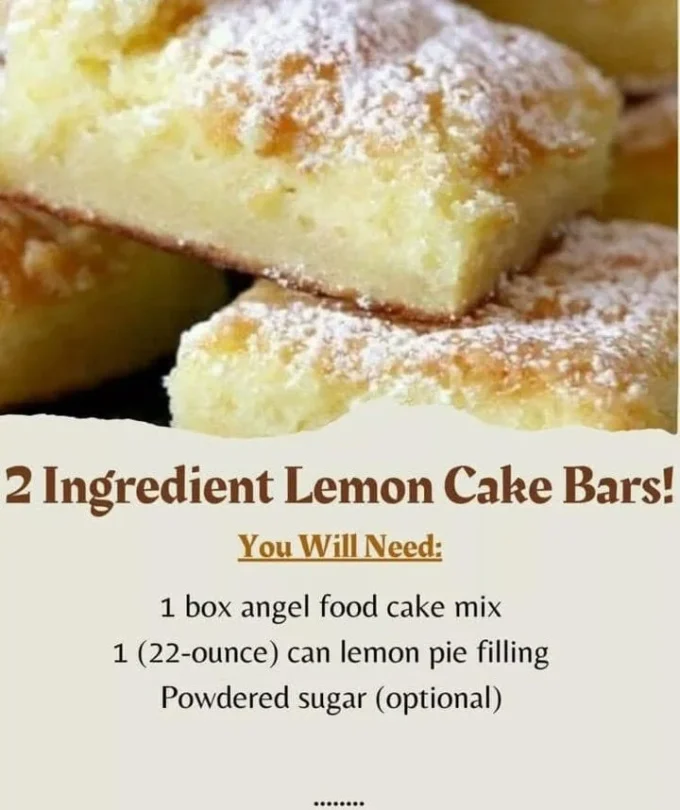
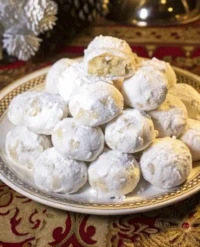

Leave a comment